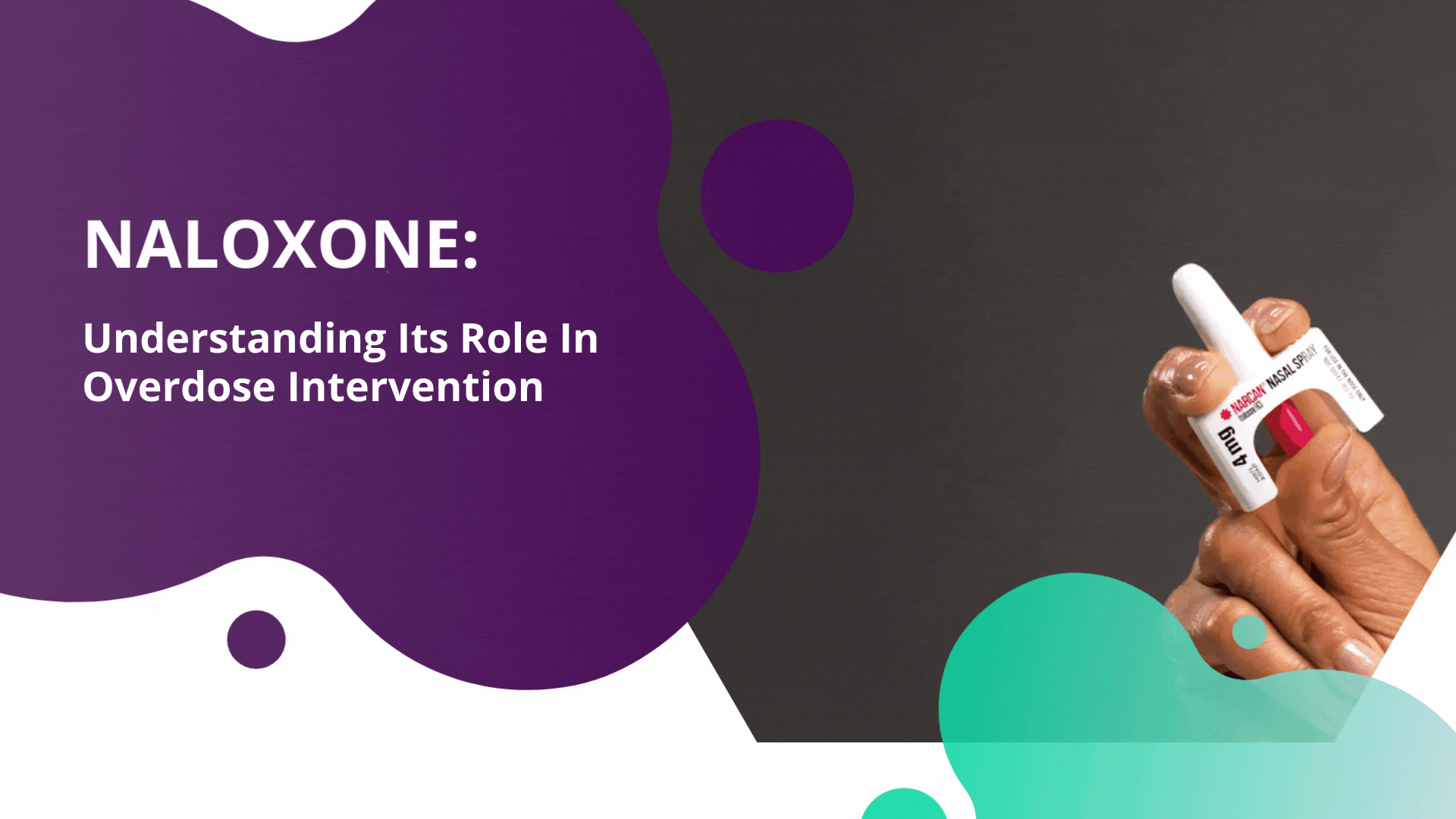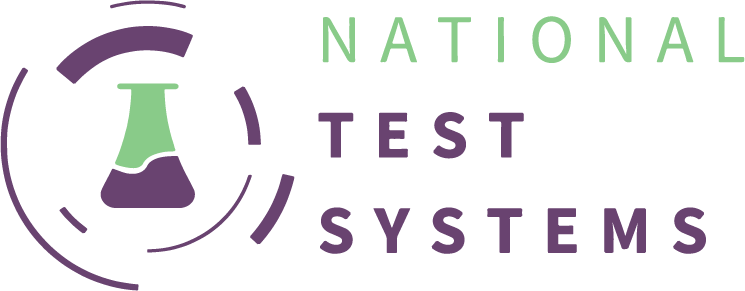
Naloxone, probably most-commonly referred to by the popular brand name NARCAN®, is a medication used to reverse the effects of opioids. It is most often administered to someone experiencing overdose, or other severe side-effects of opioid use, such as respiratory depression.
Although we hear a lot on the news these days about naloxone, it is certainly not new. It was patented in 1961 and approved for opioid use disorder in 1971. Of course, as the Fentanyl epidemic causes huge increases in opioid overdoses, naloxone has become a more-commonly discussed and reported-on medication.
In the simplest terms, opioids work by interacting with the opioid receptors in the human body and brain; they essentially attach to these receptors, and most opioids are considered agonists of these receptors. Conversely, naloxone is an opioid receptor antagonist, basically blocking the opioids from interacting with these receptors. Taking it a step further, naloxone is a competitive antagonist in that in addition to blocking the opioid receptors, it will take over the binding sites from the opioids that are already bound there. Of course, this is an oversimplification of the process, but it gives you an idea of the basic premise of naloxone’s functionality.
While there is some early indication that naloxone may also reverse a clonidine overdose, it is still being investigated. This is counter-intuitive, as clonidine is not an opioid, but we’ll know more as the research is developed. If this turns out to not be the case, then it would solidify the fact that naloxone can only reverse opioid overdoses. This is important to note as we see so many non-opioid adulterants and impurities in the illicit opioid supply; Xylazine is an excellent example of this. Since some 30% of Fentanyl overdoses are found to also include Xylazine, it is important to note that the NARCAN alone might not be enough to bring someone around if they are overdosing. Also, naloxone will last 30-90 minutes, while some opioids last longer; this means it is possible for the individual to experience additional overdose symptoms after the naloxone has worn off. So, while it is important to keep naloxone readily available, especially if you have an opioid user in your life, it should not be considered a 100% replacement for immediate medical attention.
Naloxone can be administered via injection; either IM (intramuscular), subcutaneous (below the skin), or IV (intravenous), but the more popular format currently is intranasal – basically as simple to use as regular nasal spray.
Most states allow pharmacists to offer Naloxone over the counter, some states require a physician’s prescription: unfortunately, there is no Federal Standing Order on naloxone, so it is left up to states how they want to address availability. And excellent resource of information regarding each state’s rules and availability can be found via this link: https://www.safeproject.us/naloxone/awareness-project/state-rules/
